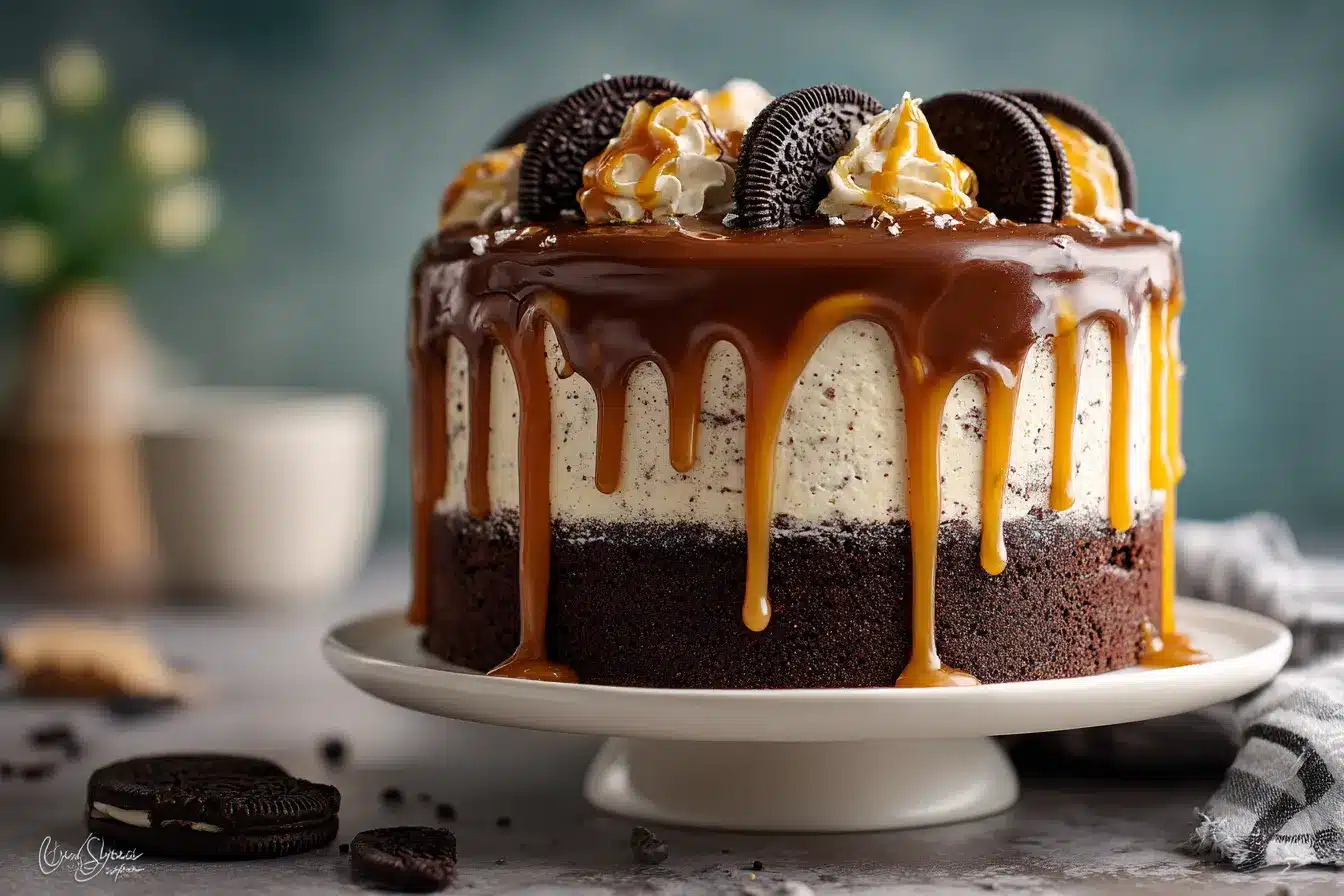Cornbread casserole recipe , a comfort food staple, combines the sweetness of cornbread with the heartiness of a casserole. This dish is a versatile favorite, perfect for family dinners, potlucks, and festive gatherings.
In this guide, we’ll explore the origins, essential ingredients, and step-by-step instructions to create your perfect cornbread casserole, along with expert tips and variations to suit every palate.
Step-by-Step Guide to Making Cornbread Casserole recipe
Creating a cornbread casserole is a journey of simplicity and flavor. This section will provide a detailed, step-by-step guide to mixing the ingredients, baking to perfection, and achieving that golden, crusty top layer that makes this dish irresistible.
Ingredients:
- 1 box of cornbread mix (about 8.5 ounces, brand of your choice)
- 1 can of creamed corn (about 14.75 ounces)
- 1 can of whole kernel corn, drained (about 15.25 ounces)
- 1 cup of sour cream
- 1/2 cup of melted butter
- 1 to 2 cups of shredded cheddar cheese (based on your preference)
- 2 large eggs
- Salt and pepper to taste
Instructions:
-
Preheat the Oven:
Start by preheating your oven to 350°F (175°C). This ensures that the casserole will cook evenly. -
Mix the Ingredients:
In a large mixing bowl, combine the cornbread mix, creamed corn, whole kernel corn, sour cream, melted butter, and eggs. Stir the mixture until all the ingredients are well incorporated. Season with a pinch of salt and pepper to taste.
-
Add Cheese:
Fold in 1 cup of shredded cheddar cheese into the mixture. If you prefer a cheesier casserole, feel free to add more cheese.
-
Prepare the Baking Dish:
Grease a 9×13 inch baking dish with butter or non-stick cooking spray. This prevents the casserole from sticking to the dish.
-
Pour the Mixture:
Transfer the cornbread mixture into the prepared baking dish, spreading it out evenly.
-
Bake:
Place the baking dish in the preheated oven and bake for about 45 to 50 minutes, or until the top is golden brown and a toothpick inserted into the center comes out clean.
-
Add More Cheese:
Once the casserole is baked, you can sprinkle the remaining cheese on top and return it to the oven for an additional 5 minutes, or until the cheese is melted and bubbly.
-
Cool and Serve:
Allow the cornbread casserole to cool for a few minutes before serving. This makes it easier to cut into squares.
-
Enjoy:
Serve your cornbread casserole warm as a side dish or enjoy it as a comforting main course.
This cornbread casserole is a versatile dish that pairs well with a variety of meals, from BBQs to holiday dinners. Feel free to customize it by adding ingredients like jalapeños, bacon, or green onions to suit your taste. Enjoy your homemade cornbread casserole!
Variations of Cornbread Casserole recipe : Traditional vs. Modern Twists
Pairing Suggestions: What to Serve with Cornbread Casserole recipe
Cornbread casserole is a versatile dish that can be served as a main course or a side dish, depending on your menu. Its rich, comforting nature makes it an excellent companion to a variety of dishes. Here are some pairing suggestions to create a well-rounded and delicious meal:
- Barbecued Meats: The casserole’s sweetness and soft texture are a perfect match for the smoky flavors of barbecued ribs, pulled pork, or brisket.
- Roasted Vegetables: Serve alongside a medley of roasted vegetables like carrots, Brussels sprouts, and sweet potatoes for a balanced and nutritious meal.
- Salads: Pair with a fresh green salad with a tangy vinaigrette to cut through the richness of the casserole. A Caesar or a mixed greens salad with a balsamic dressing works well.
- Soups and Stews: Cornbread casserole is an excellent accompaniment to hearty soups and stews, adding a comforting and filling element to the meal.
- Grilled Meats and Fish: The casserole’s soft texture and sweet flavor complement the char and crispness of grilled chicken, steak, or fish.
To elevate your Cornbread Casserole experience, consider pairing it with Garlic Parmesan Sauce: A Culinary Delight, which can add a rich, savory twist to your dish. The creamy, garlicky goodness of the sauce complements the sweetness of the cornbread, creating a harmonious balance of flavors.
If you’re looking to add a nutritious side to your meal, why not try Carrot Fries: A Delicious Alternative to Potato Fries? These crispy, flavorful fries offer a fantastic way to incorporate more vegetables into your meal, providing a colorful and healthy contrast to the richness of the casserole.
When serving cornbread casserole, consider the balance of flavors and textures in your overall meal. A good pairing should complement the casserole’s sweetness and richness, creating a harmonious and satisfying dining experience.
Nutritional Information of Cornbread Casserole
Common Mistakes to Avoid When Making Cornbread Casserole
When making cornbread casserole, avoiding certain common mistakes can help ensure your dish turns out flavorful, moist, and delicious. Here are some key pitfalls to avoid:
-
Overmixing the Batter:
Just like with regular cornbread, overmixing the batter for a cornbread casserole can lead to a tough, dense texture. Mix the ingredients until they’re just combined to keep the casserole light and tender.
-
Not Preheating the Oven:
Ensure your oven is fully preheated before baking the casserole. Baking in an oven that hasn’t reached the correct temperature can result in uneven cooking and affect the texture of the casserole.
-
Overbaking:
Overbaking can dry out the casserole, making it crumbly instead of moist. Keep an eye on the casserole as it bakes and perform a toothpick test for doneness. The toothpick should come out clean or with a few moist crumbs when inserted into the center.
-
Underseasoning:
Cornbread casserole can be bland if not properly seasoned. Make sure to taste the batter (before adding the eggs) and adjust the salt and other seasonings as needed.
-
Forgetting to Grease the Pan:
Always grease your baking dish to prevent the casserole from sticking. This ensures that the casserole can be easily served and maintains its structure.
-
Not Allowing the Casserole to Set:
Allow the casserole to cool for a few minutes after removing it from the oven. This resting period helps the casserole set and makes it easier to cut into servings.
FAQs About Cornbread Casserole
- What is cornbread casserole? Cornbread casserole is a comforting, savory dish that combines the flavors and textures of traditional cornbread with a moist, slightly custardy consistency. It’s typically made with cornmeal, corn kernels, dairy products like butter and sour cream, and often cheese, baked until golden and delicious.
- Can I add vegetables to my cornbread casserole? Yes, you can add a variety of vegetables to your cornbread casserole to enhance its flavor and nutritional value. Popular additions include bell peppers, onions, jalapeños, and zucchini. Just make sure to sauté or cook the vegetables slightly before adding them to the mixture to ensure they are tender.
- How can I make a vegan cornbread casserole? o make a vegan cornbread casserole, first, substitute the dairy ingredients with plant-based alternatives. Specifically, use vegan butter instead of traditional butter, and opt for plant-based milk such as almond, soy, or oat milk, instead of cow’s milk. Additionally, replace regular sour cream with a vegan sour cream substitute. For the eggs, you have several options: you can use a commercial egg replacer, flax eggs, or applesauce, each of which will effectively help bind the mixture while maintaining the vegan integrity of the dish.
- How can I make my cornbread casserole spicy? To add some heat to your cornbread casserole, incorporate diced jalapeños, green chiles, or a dash of cayenne pepper into the batter. You can also use a spicy cheese, like pepper jack, to give the casserole an extra kick.
Conclusion: The Enduring Appeal of Cornbread Casserole recipe
The Cornbread Casserole recipe holds a cherished place in the hearts of many, embodying the essence of comfort food with its warm, inviting flavors and textures. Moreover, its enduring appeal lies in its simplicity and versatility, thereby making it a beloved dish across various cultures and dining tables. Consequently, this versatility and simplicity contribute to its widespread popularity, ensuring that it remains a favorite in many culinary traditions. Whether it’s the star of a cozy family dinner or a welcoming side at a festive gathering, the Cornbread Casserole recipe offers a taste of home and nostalgia.
As we pass down this cherished recipe from generation to generation, its enduring appeal not only reminds us of the simple joys of cooking and sharing food but also serves as a bridge connecting past and present. Furthermore, the Cornbread Casserole recipe stands as a testament to the power of comfort food, which not only brings people together but also fosters the creation of lasting memories around the dining table.




